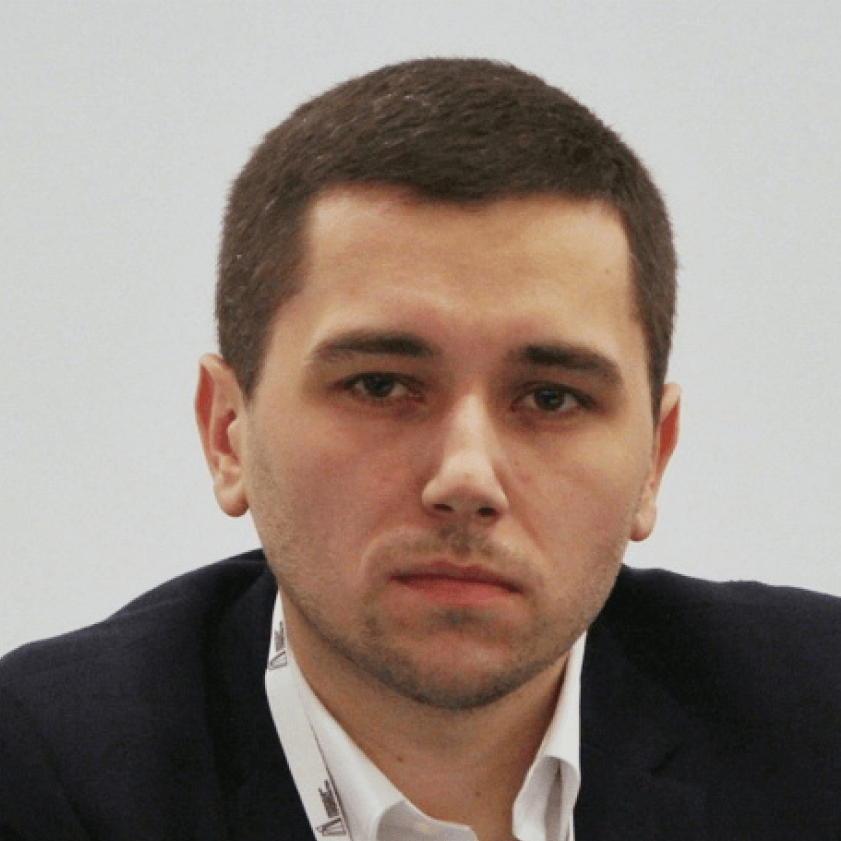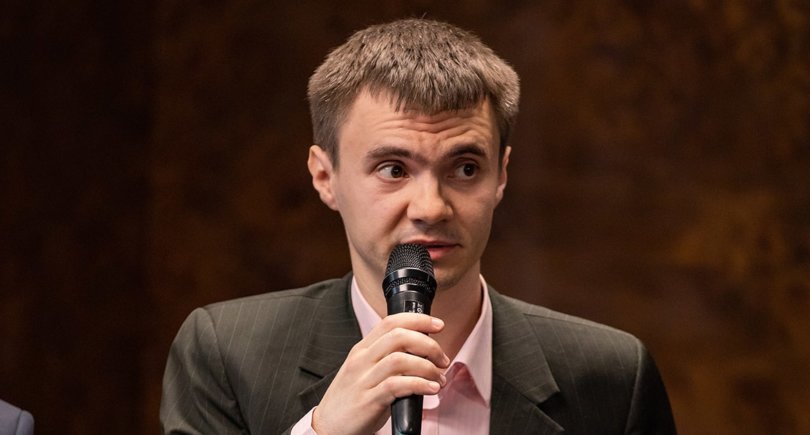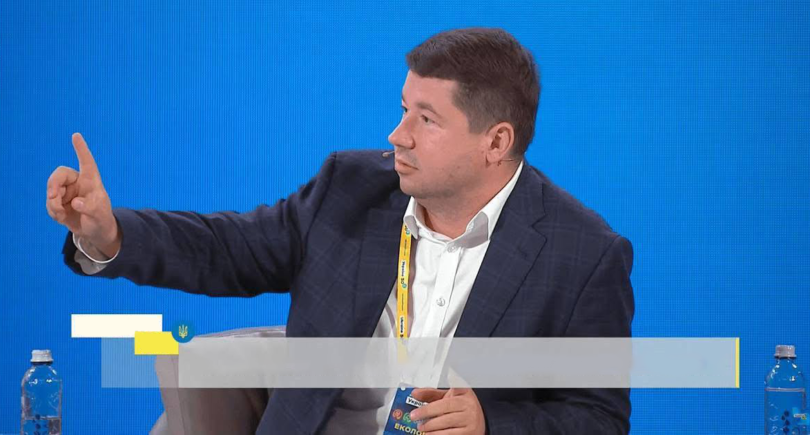
Opinions Global Market natural gas 959 01 April 2025
Ukraine is dependent on gas imports, and domestic production is limited due to destruction by missile strikes
A series of powerful rocket attacks on Ukraine’s gas infrastructure resulted in a sharp decline in domestic production. Against the backdrop of critically low gas reserves in underground gas storage facilities (UGS), this has led to an urgent need for imports at any cost. The situation on the EU gas market shows that Ukraine will have to compete for the resource with other countries, and thus buy gas at a higher price.
The gas market has stabilized
The end of the heating season is always significant as it demonstrates a realistic assessment of the passage of winter and preparations for it. Usually, at this time, prices drop and the European market returns to stable seasonal fluctuations. The maximum cost of the resource, which was recorded in the first decade of February, has now changed slightly.
While in February the resource cost an average of $555 per thousand cubic meters, in the first month of spring (as of March 27) it cost $476. It is noteworthy that in February the price ranged from $460 to almost $650, or within 40-41%. But for most of March, the range was much lower, at 18-20%. The peak price in March was $500, and the minimum price was $427 per thousand cubic meters. Overall, in March, the gas price at the most liquid hub TTF decreased by 17% compared to February. There were several reasons for this.
Factors influencing the price
First, one of the key drivers of price growth in February 2025 was the record low occupancy of EU underground gas storage facilities. During the last winter month, stocks fell by 14.6%, and withdrawals were the highest in seven years. This caused a nervous reaction in the market and led to increased volatility as traders hedged against the risk of a shortage at the end of winter. Although in March the price situation stabilized amid warmer weather, the end of the autumn-winter period (AWP) and in anticipation of the new injection season, the level of gas in European UGS facilities is minimal. As of March 24, according to Gas Infrastructure Europe, the storages are 33.9% full, while on the same date in 2024, 59.2% of the resource was there.
Second, the temperature outside and weather conditions have a decisive impact on consumption. In the last month of winter, the continent experienced periods of severe frosts, which increased the demand for gas for heating in Central and Eastern Europe. The past winter was colder than expected, which put considerable pressure on prices. At the same time, spring came with warmer weather, which reduced household consumption and weakened prices.
Thirdly, global competition for energy and its availability on the market directly shape prices at European hubs. Since domestic production does not cover the region’s needs, and UGS facilities can accommodate about ⅓ of annual consumption, the resource must be steadily supplied from alternative sources throughout the year. In March, demand for LNG in Asia declined, so these volumes were redirected to the EU. By the end of the month, the region will receive 15% more liquefied natural gas than in February, and compared to December 2024, the supply volumes will increase by at least 40%. The increase in export capacity in the United States, as well as China’s suspension of imports of American LNG due to the trade war, signal to the market that the deficit will decrease in the short term.
The gas situation in Ukraine
Since the beginning of 2025, Russia has repeatedly attacked industry and infrastructure, which has affected production volumes and caused significant damage, including to gas treatment plants, the key equipment that ensures the quality of the extracted resource. Restoring them and bringing them back to at least the level of January 2025 will require large investments and a lot of time.
As much as we would like it, the state cannot do without foreign gas purchases this year. According to the GTS Operator, the physical volume of imports since the beginning of the year amounted to almost 0.8 billion cubic meters. The lion’s share of the resource was transported to Ukraine in February and March.
It is currently difficult to say what the country’s import needs will be during the current year. It will depend on the pace of restoration of the destroyed facilities, the situation at the frontline and the actions of the aggressor country. After the end of this heating season, it will be possible to analyze the balance in detail, which will allow us to determine the volumes for the next WSP. On Wednesday, the EBRD approved a €270 million loan for Naftogaz to accumulate resources, plus an additional €140 million in grants from the Norwegian government.
Race for resources
In a few days, Ukraine and the EU will start the season of gas injection into underground storage facilities. At this time, the cost of the resource will depend on: the overall balance of supply and demand in the European market, global prices, market volatility, existing regulations, and even world news. Typically, the lowest gas prices are observed in the first months of injection, with the price gradually increasing as autumn and winter approach, and peaking in January and February, when countries are forced to “pay extra” for the resource due to acute demand.
At the same time, there may be various surprises in 2025. Traders are already preparing for the fact that in the summer, the gas market, particularly in Eastern Europe, will see an increase in demand and tougher conditions. Among the reasons are the need for imports for Ukraine, increased purchases from Moldova, and Romania, which will be commissioning new facilities, including gas-fired power plants. About 2,500 MW of new energy capacity is expected to be launched, with 1,200 MW coming online in 2024.
The struggle of countries for resources may have a significant impact on prices at European hubs, so we do not expect cheap gas. During the injection season, Ukraine will have to compete with other countries for it, and “skill of trade” will play an important role in matters of commerce and supply conditions.






